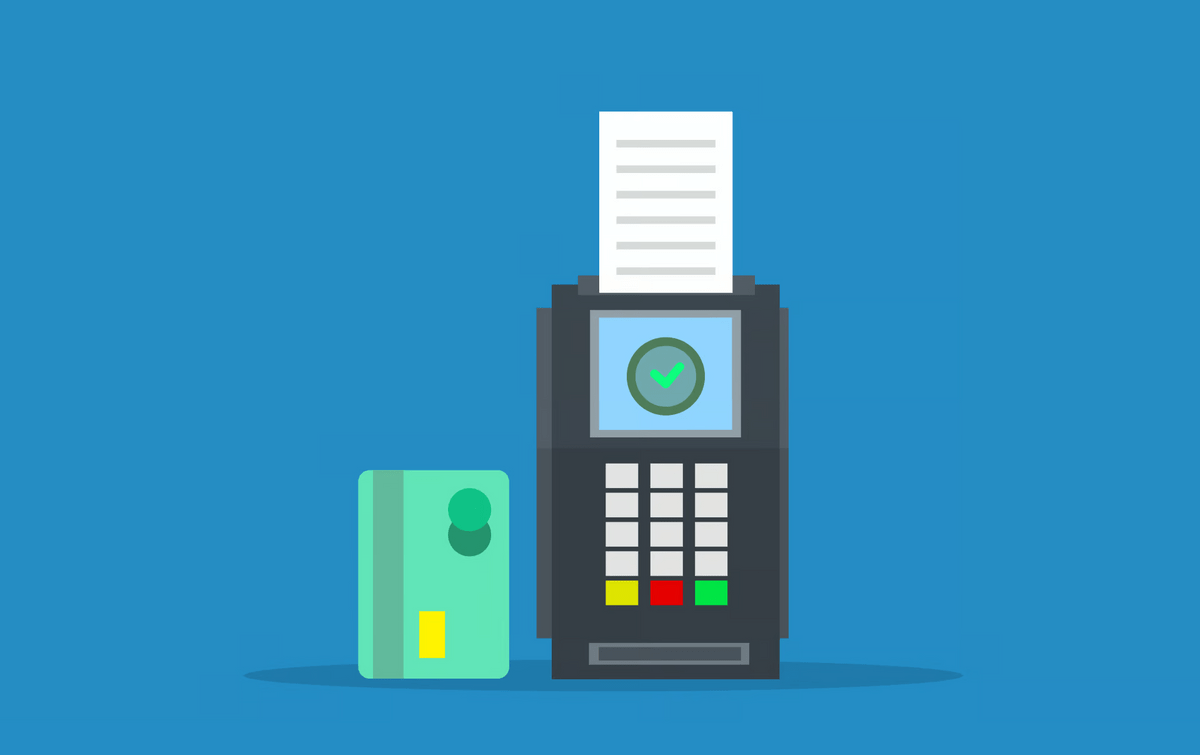
In today's fast-paced world, the need for efficient and secure payment solutions has become increasingly important. With the rise of contactless payments and mobile wallets, card reader pedestal housing has become a crucial component in ensuring the smooth and secure transaction process. In this article, we will delve into the evolution of card reader pedestal housing, its importance, and the latest trends in the industry.
The early days of card reader pedestal housing date back to the 1980s, when the first electronic payment systems were introduced. These early systems were bulky and cumbersome, making it difficult to integrate them into everyday transactions. However, as technology advanced, card reader pedestal housing evolved to become more compact, user-friendly, and secure.
One of the key factors that contributed to the evolution of card reader pedestal housing was the introduction of the EMV (Europay, Mastercard, and Visa) standard in the late 1990s. EMV enabled the use of chip-based cards, which provided an additional layer of security against fraud and counterfeiting. This led to the development of more sophisticated card reader pedestal housing designs that could accommodate the new technology.
In the early 2000s, the rise of contactless payments further accelerated the evolution of card reader pedestal housing. Contactless payments required a new type of card reader pedestal housing that could detect and process the proximity-based transactions. This led to the development of more advanced card reader pedestal housing designs that could accommodate the new technology.
Today, card reader pedestal housing is an essential component in the payment processing industry. It provides a secure and efficient way to process transactions, while also ensuring the integrity of the payment data. Card reader pedestal housing is used in a wide range of applications, from retail stores to restaurants, and from banks to transportation systems.
In addition to its importance in the payment processing industry, card reader pedestal housing has become a crucial component in the fight against fraud and counterfeiting. Card reader pedestal housing is designed to detect and prevent fraudulent transactions, ensuring that the payment data is secure and protected.
The latest trends in card reader pedestal housing include the use of advanced security features, such as encryption and biometric authentication. These features provide an additional layer of security against fraud and counterfeiting, ensuring that the payment data is protected and secure.
Another trend in card reader pedestal housing is the use of cloud-based solutions. Cloud-based solutions enable businesses to access and manage their payment data remotely, providing greater flexibility and convenience. This has led to the development of more advanced card reader pedestal housing designs that can accommodate the new technology.
In conclusion, the evolution of card reader pedestal housing has been a crucial component in the development of efficient and secure payment solutions. From its early days in the 1980s to the present day, card reader pedestal housing has undergone significant changes, driven by advances in technology and the need for greater security and efficiency. As the payment processing industry continues to evolve, it is likely that card reader pedestal housing will continue to play a vital role in ensuring the smooth and secure transaction process.
Card reader pedestal housing is likely to be shaped by advances in technology, such as the use of artificial intelligence and machine learning. These technologies have the potential to further enhance the security and efficiency of card reader pedestal housing, enabling businesses to provide a more seamless and secure payment experience for their customers.
In addition to its importance in the payment processing industry, card reader pedestal housing is also likely to play a crucial role in the development of new payment technologies, such as mobile wallets and contactless payments. As these technologies continue to evolve, card reader pedestal housing will need to adapt to accommodate the new requirements and ensure the smooth and secure transaction process.
In conclusion, the evolution of card reader pedestal housing has been a crucial component in the development of efficient and secure payment solutions. As the payment processing industry continues to evolve, it is likely that card reader pedestal housing will continue to play a vital role in ensuring the smooth and secure transaction process.